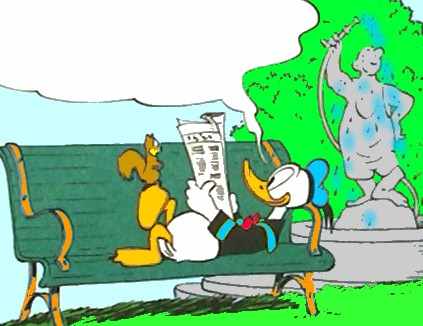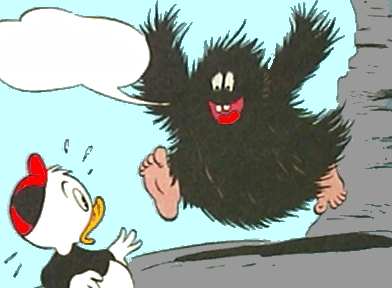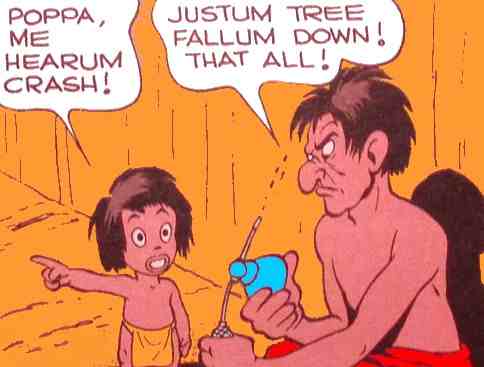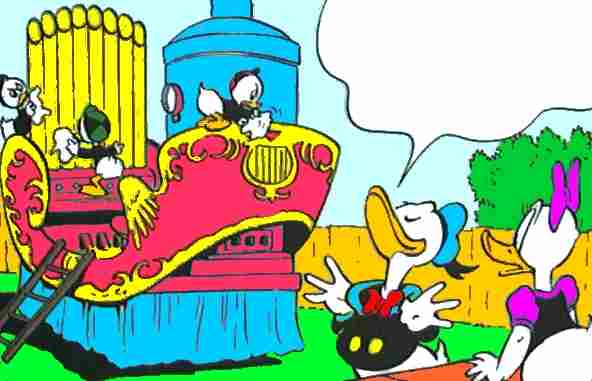

Carl Barks made a great number of comic book stories based on Walt Disney's duck universe and most of them have left unforgettable impressions on his numerous readers because of their impressive ingenuity and astonishing inventiveness. Many polls have been made over the years in order to find out which stories are the most popular and many have been nominated. Still, one of the adventure stories that has never received much recognition was one of Barks' own favourites. It was the 24-pager FC0263 Land of the Totem Poles from 1950. This is the story.
THE STORY |
||||
|
||||
| THE LOCATIONS | |||
|
| THE CHARACTERS | |||
|
| THE TOMFOOLERY | |||
|
THE GALLERY |
||
 |
 |
|
 |
 |
 |
 |
 |
 |
 |
|
 |
http://www.cbarks.dk/THETOTEMPOLESTORY.htm |
Date 2018-03-10 |